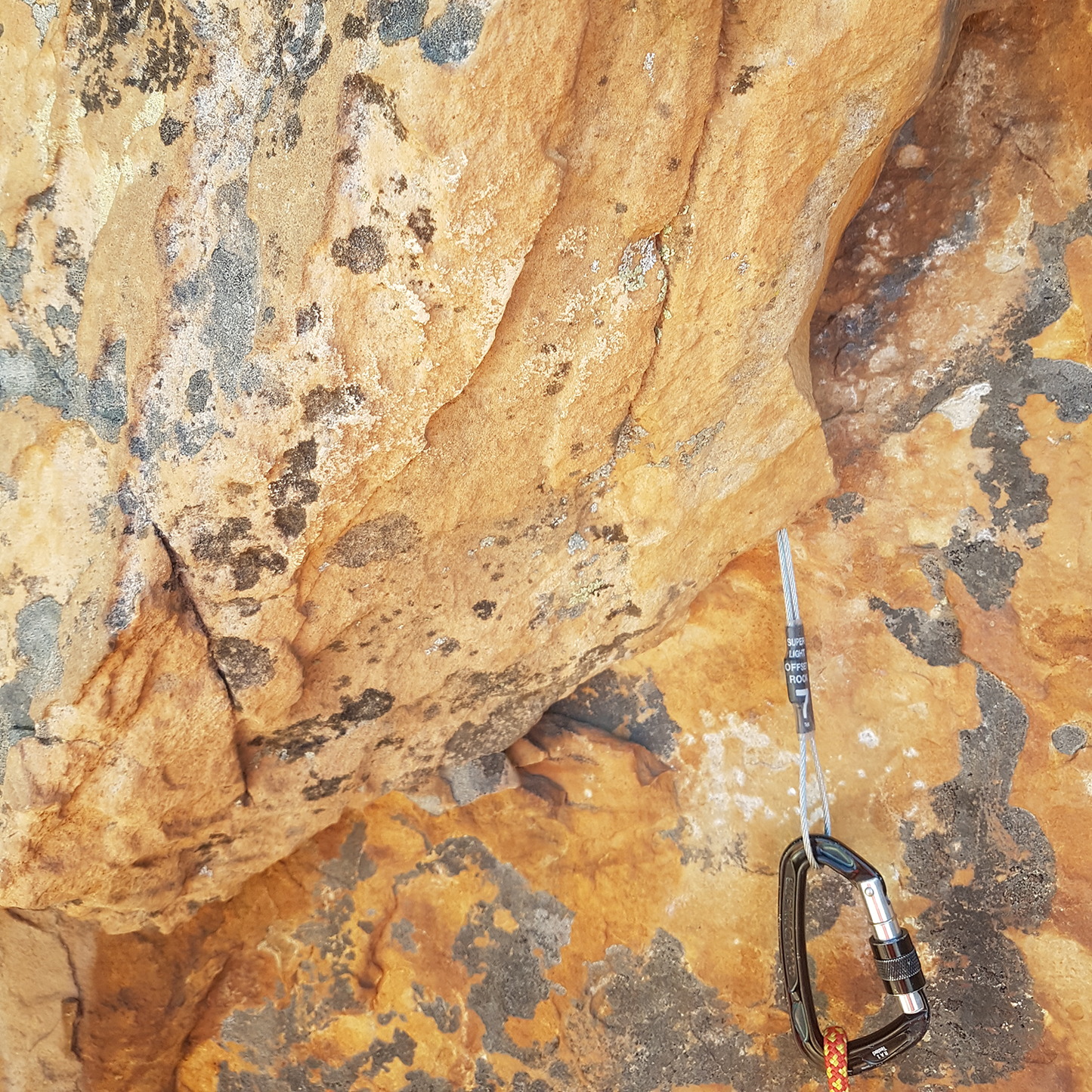 Many of us rock climb indoors confidently but haven't had the opportunity to experience outdoor rock climbing or bouldering. Here are six tips to ensure your first outdoor rock climbing trip is safe and enjoyable.
Many of us rock climb indoors confidently but haven't had the opportunity to experience outdoor rock climbing or bouldering. Here are six tips to ensure your first outdoor rock climbing trip is safe and enjoyable.
-
Choose a crag with straightforward access. Aside from getting lost, a surprising number of injuries can occur before you even get to the crag. Research the walk into the crag, also known as the approach, when selecting climbing areas and routes.
For long hikes over 30 minutes, ensure that you are physically fit to carry about 10kg of rope, gear and water. Adequate footwear is also important - consider wearing ankle high hiking boots for rocky or muddy terrain. For your first trip, you may want to pick crags that are easily accessible by road in case anything goes wrong. - Wear a helmet at all times. There is always a chance of rockfall so keep a helmet on at all times, even when you're taking a rest away from the wall.
- Keep an eye out for critters that bite. Always pay attention to your surroundings at the crag. Keep an eye out for potentially dangerous wildlife such as snakes, spiders and bull-ants. Climbers sometimes mention snake sightings on rock climbing information sites like thecrag.com.
- Always perform the buddy check. Buddy checks with your climbing partner before climbing is just as important outdoors as it is indoors. Belayers should check that climbers have tied in correctly, climbers should check that the rope runs through the belay device correctly and that the belay device is attached to the belay loop correctly.
-
Communication with belayer. Before climbing with someone for the first time, it's good practice to agree on the language for certain instructions you may give each other so that any potential confusion is cleared up when you're still on ground level.
For example, how will you tell your belayer that you need more rope slack, or that you're ready to come down? Consider hand signals as well as single-word voice instructions in case you are too far away to be heard.
When climbing, keep communication to only essential information to avoid miscommunications or confusions with other nearby climbers. -
Join an experienced group. If you don't want to waste time bush bashing and getting lost, or veering off your route and end up getting stuck on something way harder, then consider signing up to a guided group climb which costs from $95 for half day to $145 for a full day.
A proper outdoor sport climbing course costs around $230 and is worthwhile if you need to learn the basics such as how to inspect an anchor. You'll also learn nifty things like how to prusik up a rope, which can get you out of tricky situations safely.
Local climbing communities such as university clubs, Women Uprising and ClimbingQTs also host outdoor events that are beginner friendly. Follow their social profiles to learn of upcoming events.





